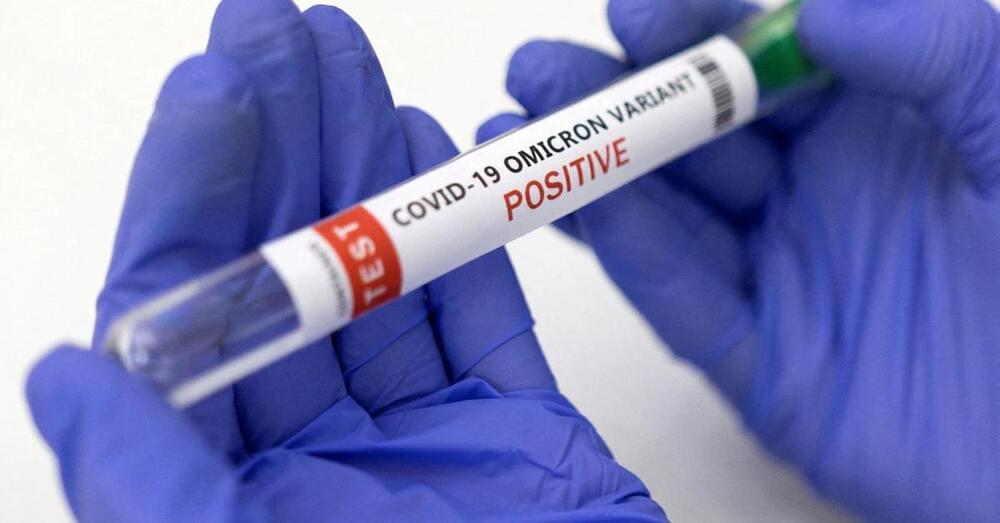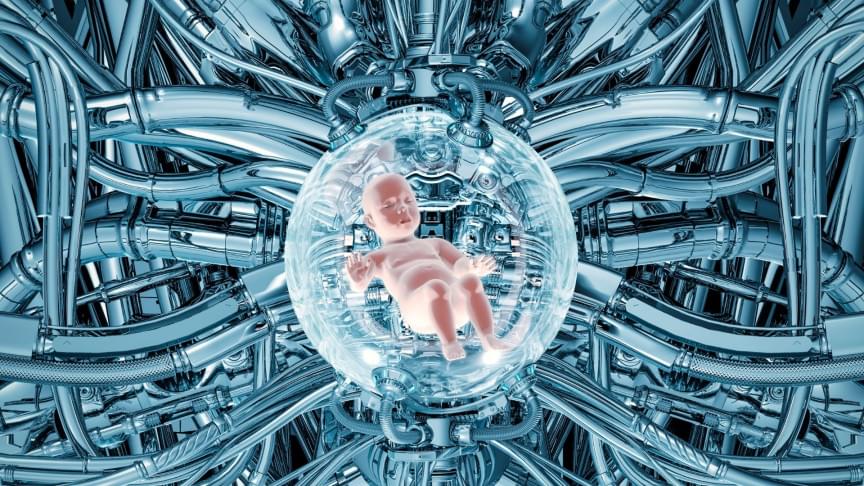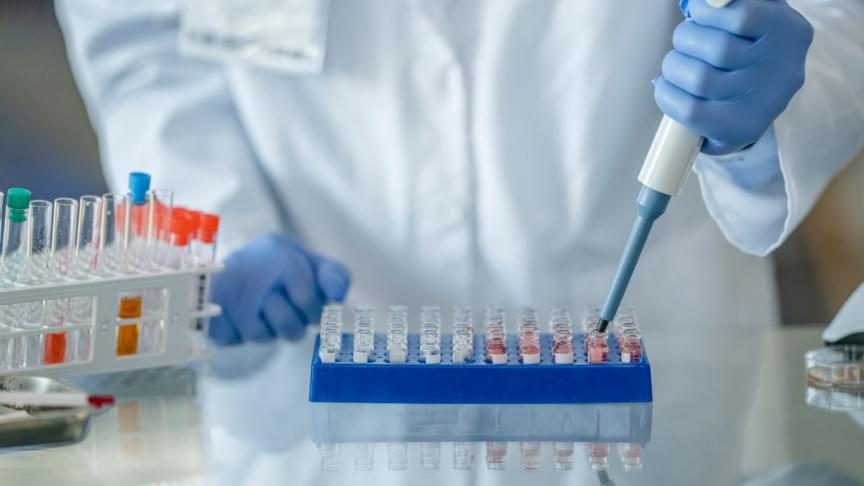Overall, the results indicate that failure-oriented people are more likely to make poor health choices, presumably due to a lack of proper motivation. When looking at the cause of death for each author, results also showed a strong link between failure motivation and whether or not the death could be considered preventable.
As we can see from this study and many other similar studies, people who expect failure are generally less effective in maintaining good health habits. On the other hand, a positive outlook can play a powerful role in our health decisions. Healthy behaviors include regular exercise, good nutrition, an active lifestyle, and full compliance with medical advice., all of which require strong motivation to ensure we stay the course. A positive mindset also makes us avoid unhealthy activities such as drinking, smoking, and prolonged inactivity. People who develop a failure mindset, whether due to health setbacks, hopelessness, or a general sense of fatalism, often make lifestyle decisions that can undermine their overall health and, as a result, their longevity.
Full Story:
We often look at our parents and grandparents to predict how long we are going to live and how fast we are going to age. But technology is not standing still and you may benefit from adjusting your longevity expectations and developing a longevity mindset.






